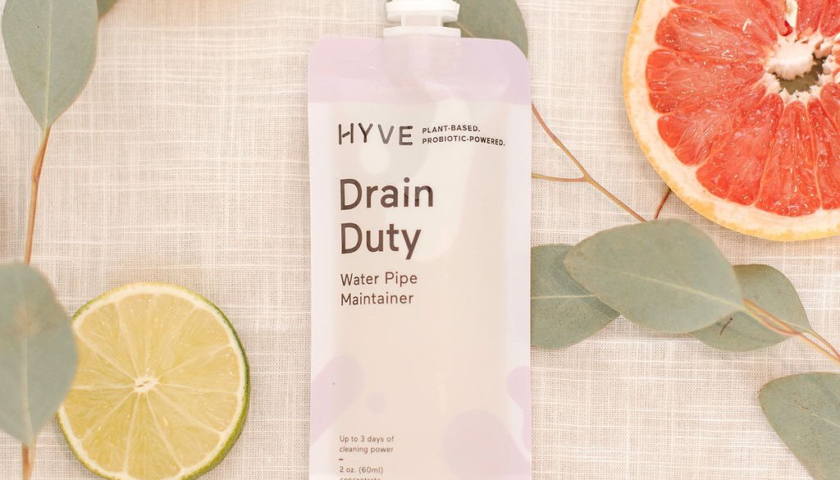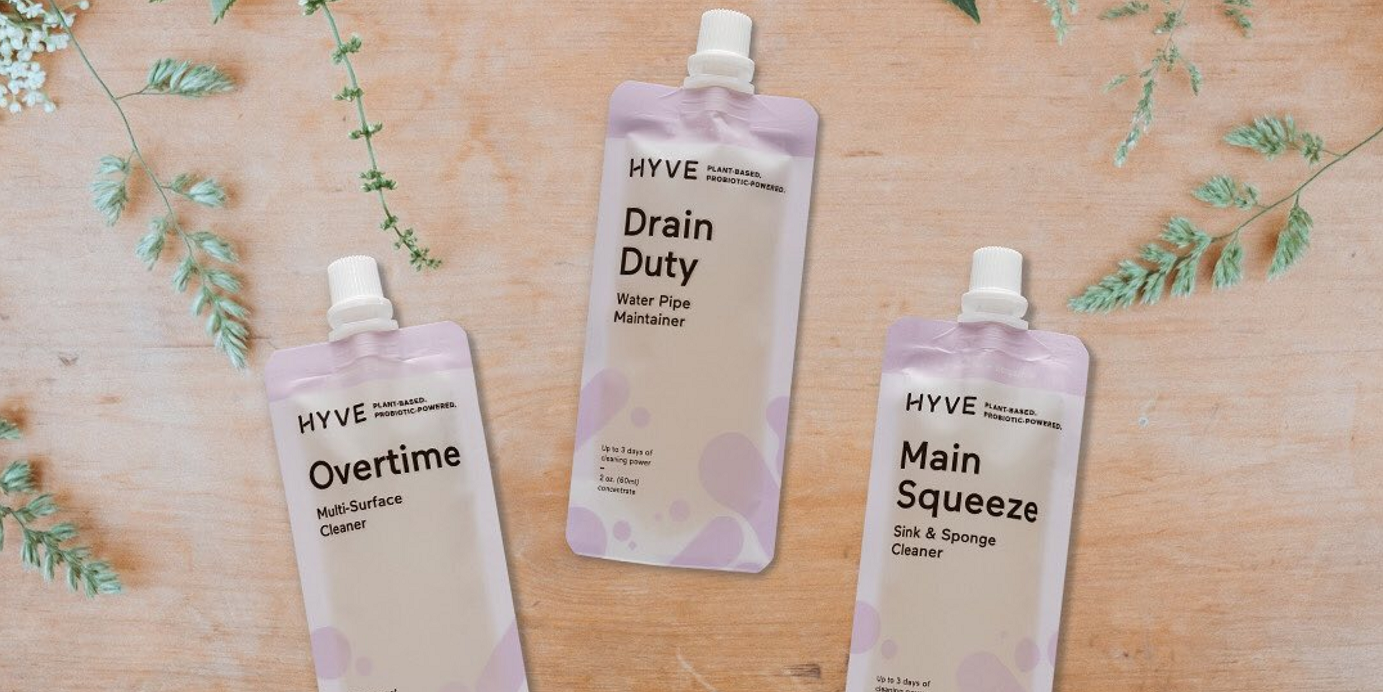Cleaning products are necessary for our better lives as they help to maintain our hygienic and healthy lifestyles. But, people might not be aware of the poisonous chemicals these cleansers retain. So, it becomes important to search for non toxic household cleaning products to help us maintain a neat environment in our homes and offices. But people also get confused with the term non-toxic in cleaning products.
So, let’s uncover the concept of non-toxic household cleaning products.
Understanding Non-Toxic Household Cleaning Products
Non-toxic cleaning products eliminate threats and welcome safer options for a healthier and happier planet.
Conventional cleaning products usually include heavy chemicals like ammonia, sodium lauryl sulfate, and more. These non-toxic substances can lead to health concerns, including respiratory disturbance, cancer, and other fatal diseases.
Non-toxic cleaning products reject these harmful ingredients. The label suggests a commitment to your safety and the environment’s well-being.
Unfortunately, the “non-toxic” label doesn’t always guarantee complete safety. Some manufacturers might use it loosely.
The key to unlocking the truth lies in the ingredient list. Take your time to analyze the list and examine any strange ingredients that can harm you and your surroundings.
Look for the non toxic household cleaning bundles that prioritize safety for you, your family, and the surroundings. With a little examination, your home can be sparkling clean without the hidden dangers.

The Significance of “Non-Toxic” and “Toxic Free” Terms
We all know about those tags on cleaning products—”non-toxic” and “toxic-free.”
These labels indicate that the derivative detours harsh chemicals, opting for milder alternatives like plant based household cleaner.
The world of cleaning product labels can be tricky. Not every product with these claims lives up to the hype. Some companies might have a “non-toxic” label even if the product contains substances that aren’t good for you.
This misleading marketing can put your safety at risk. So, before you bring that bottle of “non-toxic” cleaner home, it’s important to understand what these terms mean. Let’s delve deeper and investigate what’s behind the label.
Common Misreadings: “Natural” and “Non-Toxic”
Harsh chemicals can disturb our health and the environment. This is where “natural” cleaning products come in, vowing a safer alternative.
Natural doesn’t always equal non-toxic. Mother Nature can also contradict. For example, Lemon juice is a natural disinfectant that we all drink and use for household stuff, but it can also bleach your clothes and irritate your skin.
On the other hand, non-toxic by-products are unlikely to hurt you or your surroundings. Non-toxic cleansers might still be made with strong ingredients, but they’re prepared to be safe when used.
Some firms use the “natural” label to hide harmful ingredients in their cleaning products. Don’t be misled by their advertising. Analyze what’s in the bottle first.
The Implication of Changing to Non-Toxic Cleansers
Non-toxic cleaners are a healthy approach for our family and our planet. With the help of non-toxic cleaning products, we can easily remove dirt without utilizing toxins. Customary products comprise ammonia and phosphates, which can lead them to irritate the skin, produce allergies, and even cause respiratory concerns. On the other hand, non-toxic options ditch these harsh chemicals, creating a safer cleaning experience for everyone in your home, especially little ones and furry friends who tend to be more sensitive.
But the benefits go beyond your walls. Numerous cleaning products on the market can contaminate waterways and become the reason for air pollution. You’re assisting in growing eco-friendly surroundings by opting for non-toxic cleaners. Less water pollution means cleaner water treatment plants while opting for non-toxic ingredients means fighting harmful air emissions.
So, ditch the danger and embrace a greener clean.
Selecting the Best Non-Toxic Cleaning Products
Keeping your home classy doesn’t come at the cost of your health or the environment. When you desire to use non-toxic cleaning products, it does not mean you can buy any randomly labeled product. You are highly advised to look for the original non-toxic products from the fake ones. But how could you do that? Fear not, fellow clan warriors! Here’s a roadmap to help you choose the perfect non-toxic cleaning companions:
- Decoding the Ingredient List: Become a label detective! Look out for villains like ammonia, bleach, and chlorine. Non-toxic heroes often include powerhouses like white vinegar and gentle plant-based alternatives.
- Certification Stamps of Approval: Look for products that have achieved the confidence of independent organizations.
- Kick Out Known Irritants: Some ingredients, like volatile organic compounds (VOCs), phosphates, and phthalates, can be real troublemakers and cause serious health issues. Don’t use products that contain these chemicals.
- Feel Green, Clean Green: Always pick the cleaning products while considering the environmental impact of your cleaners. Choose products with recyclable packaging and ingredients that won’t harm sea life when flushed down the drain.
- Patch Testing Before Unleashing the Power: Even non-toxic products can sometimes disagree with certain surfaces or cause allergies. Always do a patch test in a small, inconspicuous area before unleashing the cleaning power across your home.
Conclusion
To conclude, natural and non-toxic are two different terms for cleaning products. Some natural products cannot minimize the toxicity of cleaning products, and as a result, they harm our health and the environment. However, if we opt for non toxic household cleaning products, these products ensure a great life and surroundings so that we can live better and make our environment greener.



